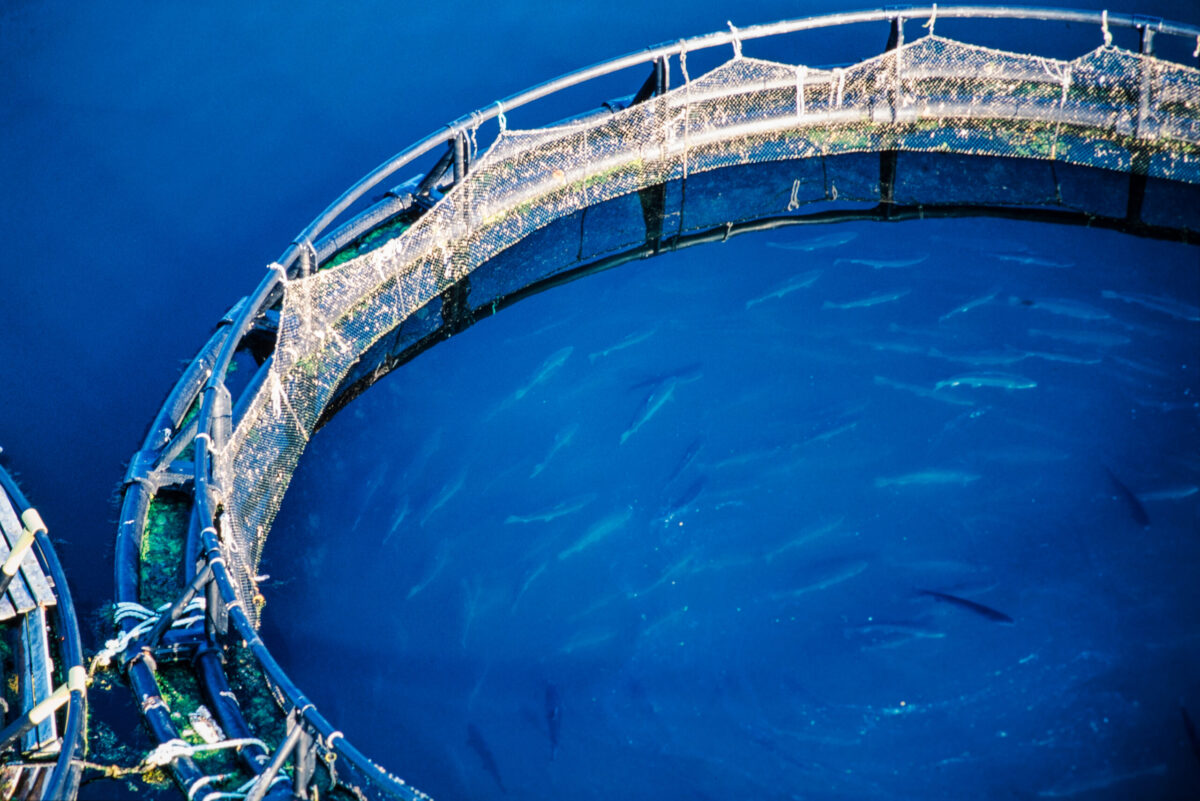Report sees falling costs, rising demand for producers globally

The second half of this year promises better times for aquaculture producers worldwide, with rising consumer demand and falling feed costs. That’s the positive picture presented in the latest report from Rabobank’s research arm.
Global aquaculture update 2H 2024, published today, says that demand for salmon and shrimp will begin to improve in the second half of 2024, thanks to the recovery of Western economies.
Feed costs are anticipated to decrease, thanks to a rebound in fish meal supply, providing a silver lining for the sector, the report says.
According to Gorjan Nikolik, Senior Global Seafood Specialist for RaboResearch, the salmon market continues to face a tight supply, with prices expected to remain high through the latter half of 2024. Seasonal patterns will influence pricing, but the overall trend suggests that costs will stay above average.
Norway and Scotland are poised for a supply recovery, although this remains tentative due to unresolved biological issues. The US and Asia are experiencing depressed demand, which has not allowed prices to offset the high costs resulting from weak biological performance. However, the anticipated reduction in feed costs should offer some relief to producers.
Another factor factor driving demand is the falling relative cost of salmon compared with other animal protein options, the report says.

Shrimp industry: tentative recovery with lower feed costs
“In the shrimp sector, there are indications of a turnaround, particularly in Western markets where demand and prices are gradually increasing as inflation eases,” said Nikolik.
The industry is set to benefit from lower farming costs due to improved fish meal supply. However, the recovery remains fragile, with Chinese import demand expected to decline. The positive supply growth from Ecuador, India, and Vietnam could potentially lead to an oversupply, casting doubt on the possibility of a price recovery in the second half of 2024. The depressed profitability of shrimp farming continues to favour large, sophisticated operations, leading to increased industry consolidation.
Fishmeal prices to soften as supply increases
The key factor affecting aquafeed prices has been Peru’s anchovy harvest. The first half of 2024 marked the end of a year-long El Niño season – part of the natural climate cycle in the Pacific – which greatly reduced the anchoveta biomass and thus Peruvian fish meal and fish oil production.
By April 2024, the report says, climatic conditions had normalised and the anchovy fisheries once again saw a high biomass, allowing the Peruvian fishing regulators to grant a normal quota of 2,475m tonnes. The subsequent100% catch rate and a high fish oil yield underlined a successful first season.
Expectations, Rabobank says, are that in Q3 La Niña conditions will develop, further cooling ocean waters, which is beneficial for the anchoveta biomass.
The report adds: “Consequently, we expect that the second Peruvian fishing season, starting in November 2024, will be equally strong as the first. In addition, this should allow fish meal prices to continue to correct, especially since the ratio with soybean meal remains high even after the recent price drops.”
Even an expected reduction in fishmeal supply in Europe in 2H 2024 should not materially alter the outlook for normalized fish meal and fish oil supply globally in 2H 2024, Rabobank says.

Pacific white leg shrimp

